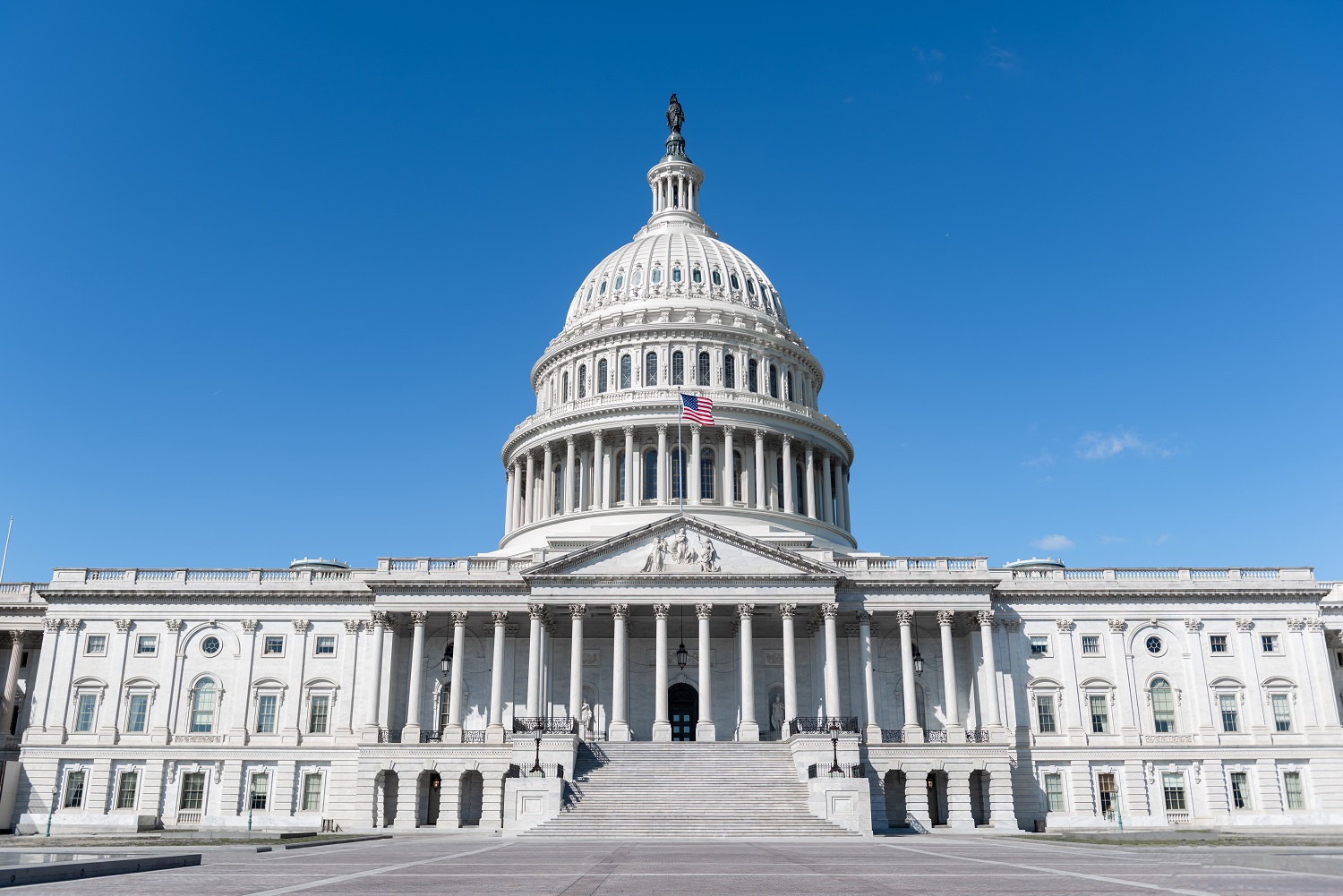The event referred to below was canceled due to inclement weather.
I’m really looking forward to MCC CEO Dana Hyde’s event here tomorrow, where she’ll be discussing the agency’s vision for the next ten years. I’ve got my wish list: Elevate the MCC’s leadership role in US development policy and practice; and prove the MCC model’s relevance to the big development and foreign policy challenges of our time, including strategic and fragile states.
Ten years ago, the MCC was launched as a new, independent development agency, explicitly outside of the existing US Government development and foreign assistance architecture at USAID and the State Department. The idea was that this independence would give it space to implement its ambitious development approach and that its success would push change from the outside in. A decade later, and with great credit to the MCC’s internal evaluation and learning culture, it is the undisputed gold standard in global development assistance. It served as the basis for the Obama Administration’s Presidential Policy Directive on Global Development, tops the international charts for aid transparency, and consistently pushes for the Holy Grail in development practice: engendering policy reform from partner governments.
That’s not to say that there haven’t been challenges and failures—the MCC was a new idea, a new agency, implementing a new approach—no doubt there was going to be a lot of learning. But I credit the MCC with being its own toughest critic, consistently evaluating practice, improving, and innovating over 10 years. It’s not perfect, but it’s the best we got.
MCC engagements have motivated investment climate reforms; regulatory reforms in transportation, environment, and energy sectors; and institutional reforms ranging from tax administration to procurement to security policy. It has also modeled approaches in transparency, constituent engagement, planning, and economic analysis that some MCC countries have come to adopt across their governments. And its partnership model has built tremendous host country capacity, ownership, and therefore sustainability into its projects. MCC executes its compacts with just two US government leads on the ground, placing responsibility and accountability for compact implementation and project completion directly where it belongs—with host country partners.
Unfortunately, the MCC has made this happen with less than $1 billion in recent years. In FY15, the agency received $899.5 million, just 4 percent of US bilateral economic assistance. Ten years later, it hasn’t achieved its founders’ ambitions of transforming US development practice. I would argue that MCC practices of joint constraints analyses, constituent engagement, transparency and mutual accountability for the actions that will make investments successful are precisely the tools needed to modernize the US Government’s foreign assistance approaches. So I submit that the next 10 years should be about elevating the MCC’s leadership role in US development policy and global development practice, by promoting MCC best practices and promulgating them across USG development strategies and institutions.
Of course, this isn’t the MCC’s role alone, and space needs to be created for its contributions by US development leadership at State, USAID, and the White House. I’m also not arguing for the MCC to become the primary implementer of US development assistance—its lean agency model works because it is selective about where it works and what it takes on. But the MCC could do a better job of advocating for and offering its experience to a wider range of US development engagements. That means partnering more ambitiously with other agencies, as it’s done recently with Power Africa and PEPFAR; stepping up to make its methodologies available to other strategic initiatives, as it did with the Partnership for Growth; and proving its relevance to the big development and foreign policy challenges faced by the US Government, as it did in Tunisia and as it could do in a number of other strategic states in which the MCC’s analytical approaches, compact development methodologies, transparency and accountability requirements and mechanisms, partnered with aggressive diplomacy and support from State and USAID, could help unlock real reform in places where the USG has struggled to achieve positive outcomes, but where the outcomes matter most. Again, this doesn’t mean the MCC should start doing compacts in places like Afghanistan, Pakistan and Egypt, but that it should offer its methodological approaches and its expertise. The Jordan compact is instructive—MCC was brought to it reluctantly, but it turned out to be an award-winning program that demonstrated a new way of doing business in a region long viewed as intractable. Importantly, as MCC seeks to engage more and responds to requests for its assistance, it should also demand more—the authority, access, resources, and diplomatic support it needs for its approaches to be successful in challenging environments.
As US development and foreign policy objectives increasingly focus on inclusive economic growth, effective governance, and accountable institutions, the US Government should take a closer look at the agency that has sought to craft interventions most responsive to these goals—with every increasing success. Here’s to your next 10 years, MCC!
Disclaimer
CGD blog posts reflect the views of the authors, drawing on prior research and experience in their areas of expertise. CGD is a nonpartisan, independent organization and does not take institutional positions.





